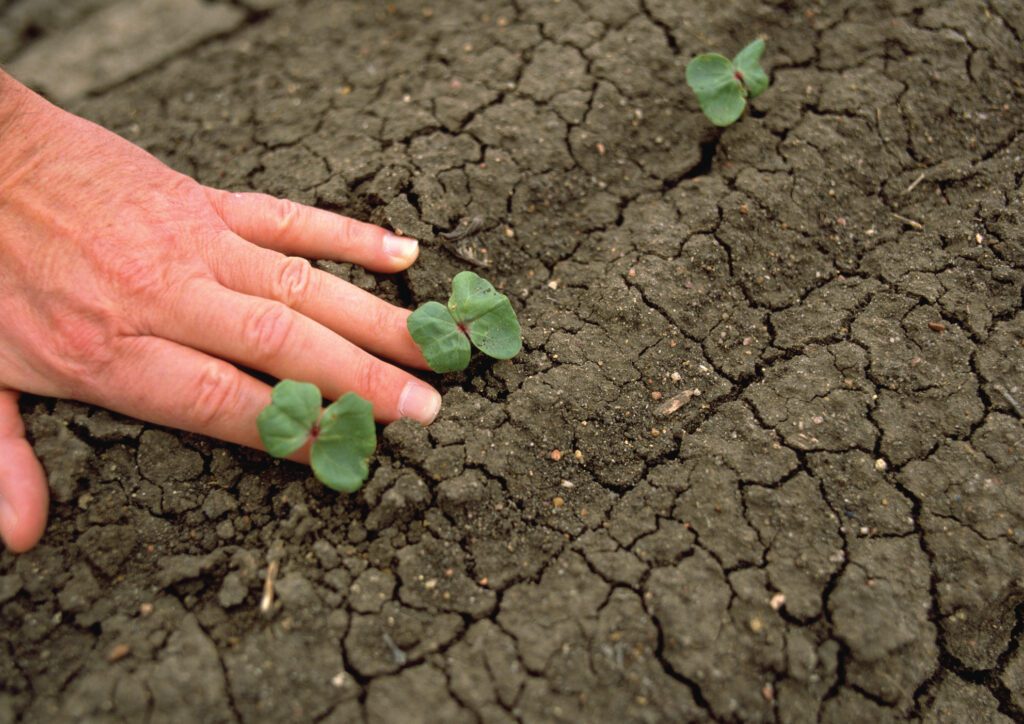What’s happening?
Planting is now progressing across most of Australia’s cotton-growing regions, with early crops already out of the ground in warmer areas. In the southern regions, growers are waiting for temperatures to rise before planting begins for the 2025/26 season.
Cotton Australia General Manager Michael Murray said the early signs for this season are promising. Around 1,500 Australian cotton growers, 90% of them family farmers, are expected to produce just over 4 million bales or about 910,000 tonnes of quality fibre, along with close to 1.1 million tonnes of cotton seed.
“This year we are expecting about 393,000 green hectares to be planted, predominantly in New South Wales and Queensland, with crops also being planted in the Northern Territory and Western Australia,” Mr Murray said.
“If expectations are accurate, we will see more than $2.7 billion generated for the national economy, with most of that money filtering down into the 249 communities that benefit directly from cotton growing.”
Why it matters
The outlook for Australian cotton remains steady, with consistent global demand for its high-quality fibre.
Mr Murray said, “We have witnessed prices of up to $1000 per bale but the latest trends show the price hovering around $550 per bale, with the price outlook suggesting a $600 per bale is possible in the next 12 months.”
“We export everything we produce, and thankfully demand is still strong, with recent figures from cotton marketing news service Cotton Compass revealing that in July 26% of bales exported went to China, 19% to India, 15% to Vietnam, and 13% both to Bangladesh and Indonesia.”
Local Impact
In the Central Highlands, planting began in early August, and most crops are already showing strong growth with good soil moisture and warm ground temperatures. Around 14,000 hectares of irrigated cotton are expected to be planted this season, supported by carry-over irrigation water from last year, despite a 0% new water allocation. An additional 4,000 hectares of dryland cotton are also expected. Ginning will continue through to November, with some cotton still being carted from northern Queensland growers.
Emerald grower Ross Burnett said, “We have taken a calculated risk to be planting with the limited water we have, so we are somewhat hedging our bets on the spring rain and hoping that arrives earlier rather than later. If we get enough rain by November or December and achieve inflows into the dam, then things can turn around quite quickly, and any allocation will help us to grow economic yields.”
By the Numbers
• Australian cotton growers are forecast to produce over 4 million bales this season.
• The industry is expected to generate more than $2.7 billion for the national economy.
• Around 393,000 hectares of cotton will be planted across the country.
• There are about 1,500 growers, with 90% being family farmers.
• In July, 26% of exports went to China, followed by 19% to India, 15% to Vietnam, and 13% each to Bangladesh and Indonesia.
• Cotton prices sit around $550 per bale, with potential to rise to $600 per bale within 12 months.
Zoom In
In Queensland, several regions are reporting solid progress as planting continues.
Dawson and Callide Valleys, growers have started planting the expected 8,500 hectares of irrigated cotton, while dryland growers will plant in November. The start has been positive, supported by full water allocations.
In the Darling Downs, growers are waiting for soil temperatures to rise, with planting to begin in October. Around 36,000 hectares of irrigated and 12,000 hectares of dryland cotton are expected, supported by good soil moisture.
In the Brisbane Valley, planting began on August 28, and seedlings emerged within seven days due to favourable conditions.
Zoom Out
Across other growing regions, Queensland and New South Wales are leading national production, with smaller but steady plantings underway in the Northern Territory and Western Australia. Northern growers are preparing for planting from December 1 in the NT and January 1 in the Ord region, with early rainfall improving conditions.
What to look for next?
Growers across Queensland, including the Central Highlands, are watching rainfall forecasts closely. Rain by November or December could improve water availability and boost yield potential, especially in regions with limited allocations.

